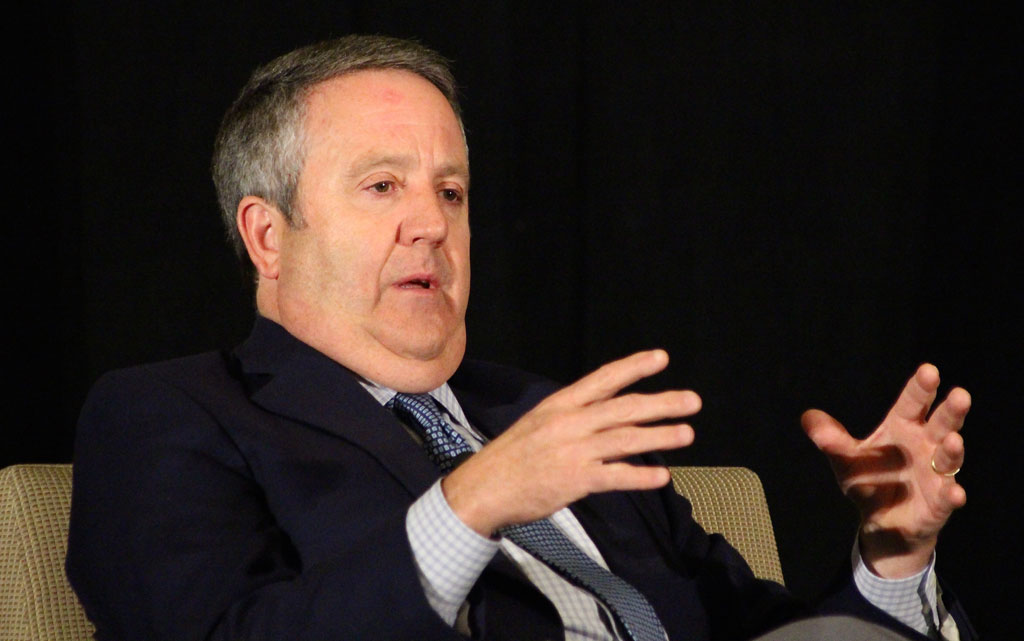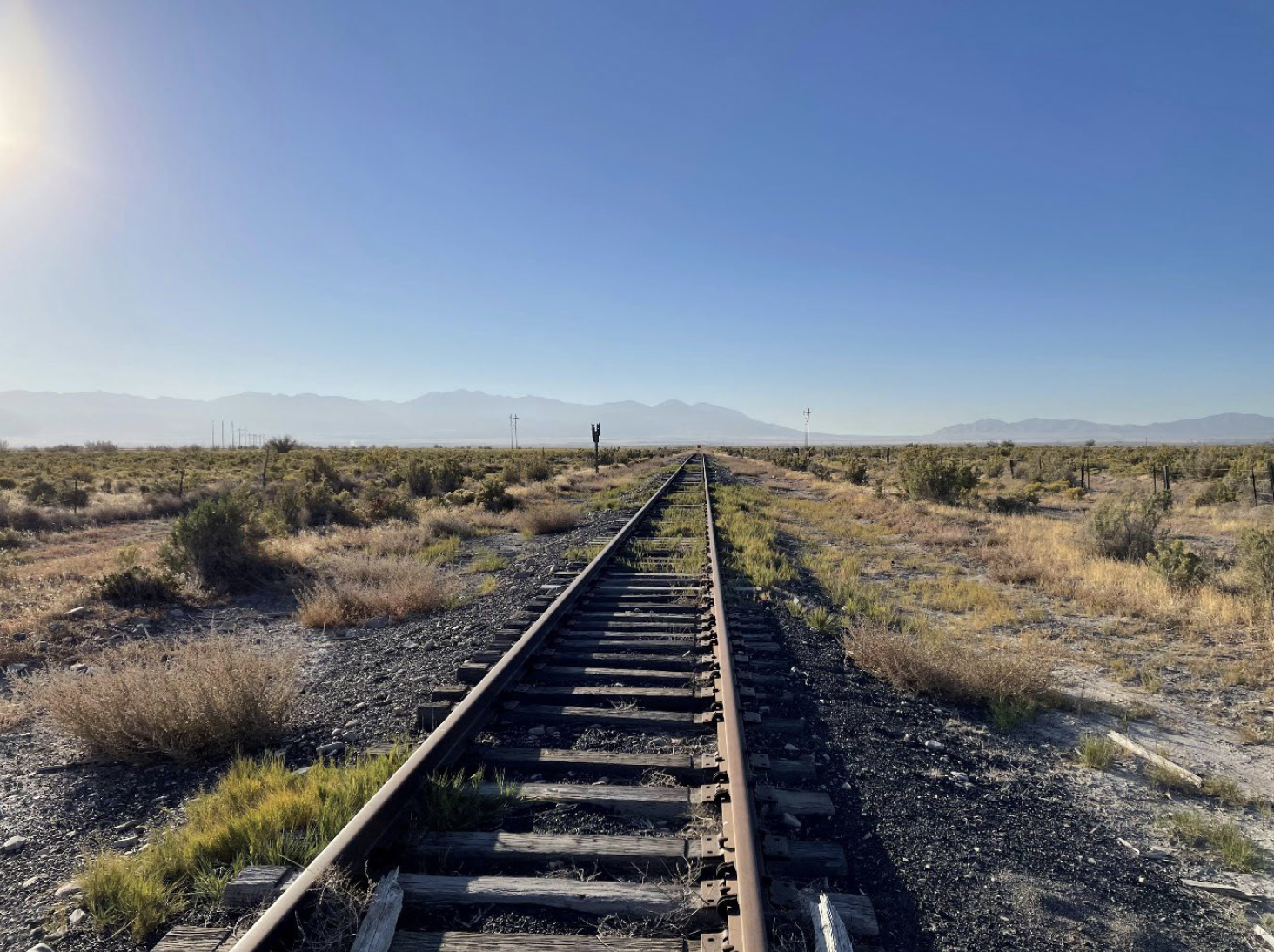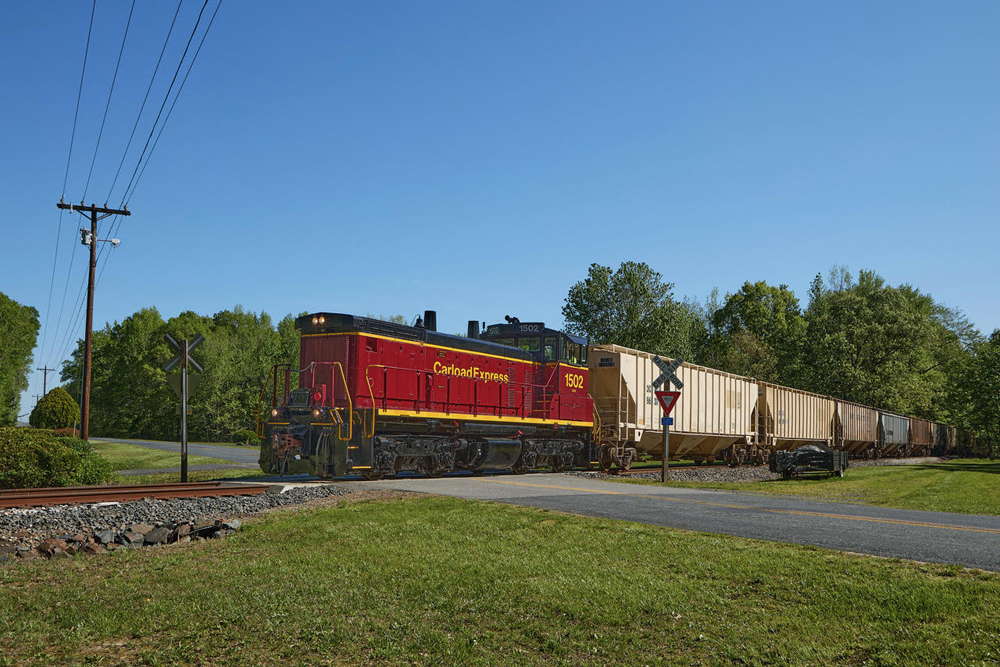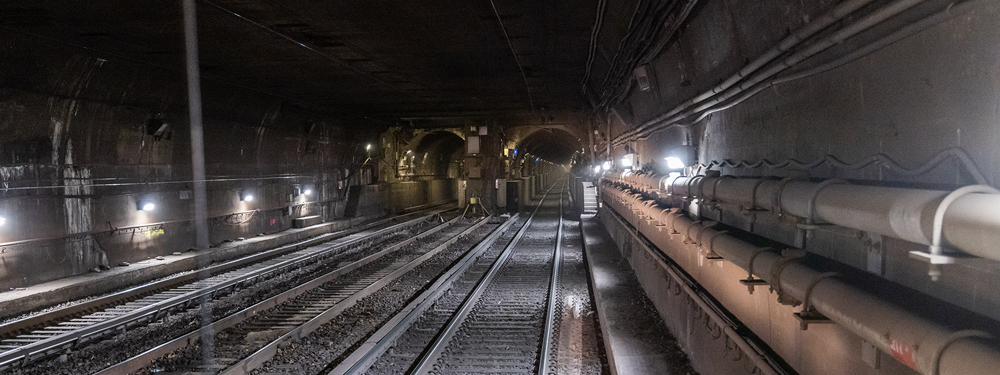The railroad executive made his remarks during the closing session of the American Short Line and Regional Railroad Association annual meeting in Nashville. In a wide-ranging interview-style format with short line association President Linda Bauer Darr, Rose spoke about challenges to the railroad industry from autonomous trucks and efforts to increase truck sizes and weights, railroad service issues, the focus on operating ratios, and opportunities for the railroad industry in the midst of a robust economy.
With regards to PTC, Rose says BNSF will make the Dec. 31, 2018 deadline, but that the practical deadline will be 2020 because many other railroads that connect to BNSF will still be working on the crash avoidance technology. Rose says the company is running many of its trains with PTC now, as many as 75,000 in the last 30 days. He says the system has already prevented several potential accidents and that the railroad has installed it on subdivisions that it was not required to equip, saying that could be a transition to automation.
He called PTC the stepping stone to train automation, although he said BNSF has not yet determined what that would look like. He said some form of automation will be essential if truckers continue to gain efficiencies such as running robotic trucks in platoons.
“Some railroads have said they want to go to a one-person crew and others manless cabs … that is not our focus.”
He says the railroad has to have PTC technology in place before looking in that direction.
Darr says 90 to 100 short lines of the nation’s almost 550 lines will have to implement PTC.
Responding to an audience question about interest in natural gas-powered units, Rose says he is more interested in battery power. He said BNSF has two Caterpillar and two GE natural gas units but the low cost differences between oil and gas do not make it possible to invest in natural gas. He says battery powered locomotives may be the next step, especially in California where environmental regulators are asking for zero-emission locomotives.
In another question from the audience, Rose was asked what it is like to work for Berkshire Hathaway Chairman Warren Buffet, whose company purchased BNSF. Rose quipped, “It’s good.”















Shell Canada is in the process of developing batteries based on vanadium which is a metal that can be extracted from bitumen. At present the batteries are very small but they are trying increase the size and the storage capacity as per the news item link from CBC News shown below.
http://www.cbc.ca/news/business/vanadium-shell-oilsands-renewables-1.4608208
Down the road this might be a viable source of power for larger power users.
GE is re-embarking on a project in locomotive battery power it started about 10 years ago. They are, again, attempting to cram as many cells onto a car body as possible, plus all the required control and power management systems. I can’t for the life of me understand why they wouldn’t modify a used locomotive trade-in chassis as the basis for a proof of concept test bed to house a battery bank and all neccessary control equipment, inclusive of catenary where needed. An umbilicus to cab units, minimally modified for the purpose, would complete a locomotive set. At least 30 years ago, GE produced motorized wheels for 40 and 50 cu yard trucks used in open pit mining in siuth /africa
First, Mr. Rose is definitely referring to battery locomotives in switching operation, not line haul. He mentions California, and the push there is for cleaner intrastate locomotives. California has clearly stated it wants to see a new Tier 5 locomotive standard, and that is much lower than even current diesel. Before anyone says that is just not practical, wait for the next generation of economical and operational clean locomotives. They are not as far away as one might think.
A capable battery switcher is definitely doable and is on its way. Once the battery technology is proven, and it shouldn’t take long, then the future for clean locomotives in switching is most likely natural gas, batteries, or a combination of both in a hybrid configuration. Don’t think Green Goat or even slugs. The Green Goat used not only the wrong battery technology but did not provide enough onboard power to keep batteries recharged. While they set the stage to show that a battery locomotive could work, they also set the industry back by over-promising and under-delivering, catching fire, and pricing at a point that was just not economically viable. Remember, though, the Green Goats came out over 10 years ago – a lot has happened since then. NS 999 showed again that a battery locomotive can work in a Class I setting, but again, the battery technology used by NS cannot provide the storage capacity needed for daily railroad operation. That is changing rapidly. The future of battery technology also allows enough capacity to be put on a single locomotive that a slug won’t be necessary.
Shore power for charging absolutely makes sense, and there is new technology to provide extremely low emissions for onboard charging with natural gas. The California Energy Commission has even stated that the future for high horsepower is not Tier 4 diesel but renewable natural gas (RNG) combined with low-NOx engines. This technology should meet the proposed California Tier 5 emissions standard and will not require complicated aftertreatment like heavy EGR, SCR catalytic converters that require urea, or diesel particulate filters. So California isn’t asking for an unreachable goal, and the right solution would provide a lot of what the railroads are asking for when it comes to ease of maintenance and a fairly painless transition. Combined with batteries this natural gas technology would also give California Zero-Emission Track Miles (everything they want) and is a viable solution for switcher locomotives not just in California but throughout the United States.
In some instances, 100% natural gas (most like stored as CNG) locomotives will be the answer, in others, 100% battery, and in others, a hybrid combination of the two.
With battery technology constantly improving I could see this working, even in mainline service. Battery banks = weight for traction effort, and recharging outside terminals could be handled by regenerative braking and regular lengths of ‘charging’ catenary… the modern-day equivalent of track pans in the late steam era. Certainly, eliminating onboard prime movers, fuel and oil (and troublesome Tier IV after-treatments) warrant testing in the near future.
Yes , I think he is meaning hybrid diesel -battery . Certainly promising . And the advantage a hybrid train has over a plugin car is the “plugin “can be obtained on the run , via short stretches of catenary
I believe India is manufacturing a 12000 hp unit. The key thing will be cost and efficiency. The current batch of locomotives are becoming too expensive and too complicated to operate with confidence.
Batteries on locomotives looks like an interesting opportunity. I don’t think anyone has ever put a full load of Lithium Ion batteries on a locomotive to really test how it might perform in service. Take an old unit, equip it with modern AC motor trucks and matching inverters, put as much Li battery on the unit as possible and run it in consists with standard diesels to get experience. Someone has to be thinking of doing this as an experiment.
A combination of overhead catenary on heavy grades and batteries in non-electrified sections could make sense. Perhaps conventional AC electric locomotives could be attached to a battery tender that charged from regenerated power or catenary when the AC locomotive was stopped or running at less than the full power rating of the transformer and rectifiers. Railroads could build catenary where it is cheap and easy to install and operate. Run the locomotives on the wire while recharging the batteries.
Power generation using solar energy is getting more cost effective every year. Storing power for use at night is a challenge but doesn’t require expensive Li batteries. In a stationary application, battery weight is not much of an issue so heavier, less expensive battery systems can be used. On grid battery systems can also deal with varying output from wind turbines. Of course, anytime a battery unit is not assigned to a train it can capture energy from the power grid.
If the objective of the exercise is not just to eliminate diesels then other interesting combinations are possible. A battery electric locomotive might be combined with a diesel in a ‘slug’ configuration. The battery electric slug would provide extra power for starting a heavy train quickly or climbing grades. On flat or downhill sections the slug’s batteries would recharge from regenerative braking or from surplus electricity generating capacity from the diesel. A train might also run exclusively on battery in urban areas where exhaust emissions are a problem and quiet locomotives would be beneficial.
Well Milwaukee Road generated their electricity from hydro.
Absolutely locomotives are a natural for hybrid since they already have electric drive and already have electric resistance braking. Here’s the issue though: in cars hybrid makes sense, plug-in doesn’t float my boat. In rail locomotives hybrid makes even more sense than cars while plug-in makes even less sense than cars.
I can’t imagine how batteries would be more efficient than LNG, unless solar could provide ALL the power. Batteries contain many hazardous materials; electricity would have to be generated “somehow.” The Florida East Coast RW has been using LNG for years, with good success, lower costs, and lower emissions. While batteries may give zero emissions, the related problems are not 100% environmental clean. I also do not think 1 or zero person crews are good for long distance trains, maybe on locals or switching runs. Paying for 2 persons will not out weigh the risks involved.
I don’t recall him having such a pronounced double chin like that. Too many Omaha Steaks?
Jerry, why would you want to give the state with the highest GDP and the 6th largest economy on the planet to North Korea? Who would make the transfer payments to the state of Georgia then?
Maybe he is planning to put third-rail shoes on his battery locomotives and have charge rails at certain places to feed new juice to the batteries, even on the move up steep grades. But where will you generated that much power, not from solar.
Batteries and trains are an awesome match. So what if the range is shorter? Just add more locomotives to your consist. With no moving parts besides the wheels and cooling fans they will be much easier to maintain than a much smaller fleet of diesels. Batteries are very heavy; locomotives need that weight to gain traction. Regenerative braking would minimize a lot of range issues and would save a lot of wear on brakes on long downgrades. I really hope BNSF can be bold and become a driver of this technology.
“Were not looking a thatt”….regards to running trains with only one crew person…Yeah, right….and there’s plenty of land for sale in the middle of the Pacific Ocean too….
Maybe hydrogen is the way to go but battery powered road units? Is he serious?
With the exception of 5 or 6 folks up in the northern part of the State, I think we should cede California to the North Koreans.
Oh my lord could I have a ball with all of the double talk in that article.
Some of the electricity to charge the batteries can be generated on board whenever the train rolls down hill, using re-generative braking. I would envision a plug-in high bred style set up where there is a diesel-generator set, re-generative braking and a plug-in at terminals.
And I’m quite sure that California will demand that the electricity to charge the batteries be generated somewhere else.
I don’t see how a battery powered locomotive could have the range to be useful, except in local and yard service, where they could be recharged frequently. If California wants zero-emission road-haul locomotives, they need to pay for electrification, but they can’t because they’re in so much debt. BNSF should tell them to pound sand.